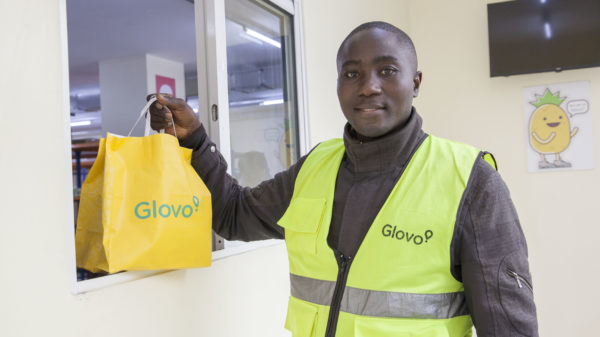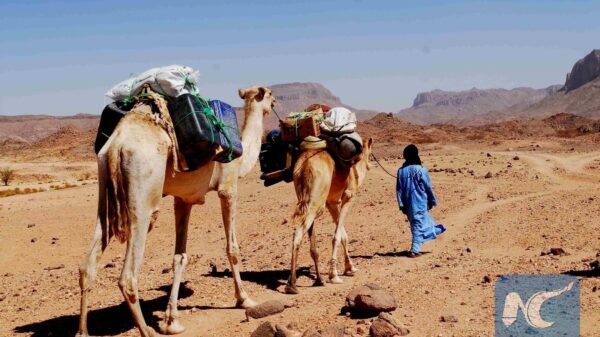NAIROBI, Kenya, Nov 17- Increasing economic development across the country is slowly stretching Kenya Power and Lighting Company’s (KPLC) capacity to supply electricity.
According to KPLC data, peak demand for electricity reached an all time high last week hitting 1,089 MW.
KPLC Managing Director Eng Joseph Njoroge is however adamant they were up to the task having put up measures to enhance electricity supply to meet the demand. He revealed on Tuesday that they were closing in on completing the ongoing Energy Sector Recovery Project (ESRP), aimed at upgrading and refurbishing the distribution system earmarked to end in October 2010.
“Economic activities in the country are developing rapidly and we are matching the increasing demand for power by ensuring our systems are up to task,” he said.
Once complete the new system aims to ease the pressure of power supply, which the country is currently grappling with.
The project has had an impact on KPLC’s distribution system with statistics showing reduced number of breakdowns from 6,600 per month in 2008 to 5,670 in 2009.
“This has improved our bottom-line by reducing technical losses associated with any electricity infrastructure,” Eng Njoroge said.
The project has also accelerated connectivity with 200,000 customers having been connected in 2008, compared to 60,000 in 2006. This has increased the level of access to electricity especially in the rural areas where the MD noted there had been renewed interest.
However, even with the completion of the ESRP, the MD said it would not be fully effective as it continues to rely on electricity from emergency power generators. The switch from hydro generated power has forced the company to reconfigure its systems to take on power from thermal generators resulting in increased power interruptions.
“Although we are able to meet the national power demand we are operating a very fragile system, which is very sensitive to minor disturbances,” he explained.
He was speaking during the commissioning of the new Westlands substation financed by the Nordic Development Fund. He added they had secured a further $70 million (Sh5.2 billion) from the World Bank to expand electricity access to low income households.
The money will finance the establishment of new substations across Nairobi, Western, Mt Kenya and Coast regions. The new substations will reduce the length of distribution lines, reducing chances of line breakdowns and poor voltages.
“This will bring our outage repair response time from 10 hours to an average 4.6 hours with prospects to lower it even further in future,” Eng Njoroge remarked.


































